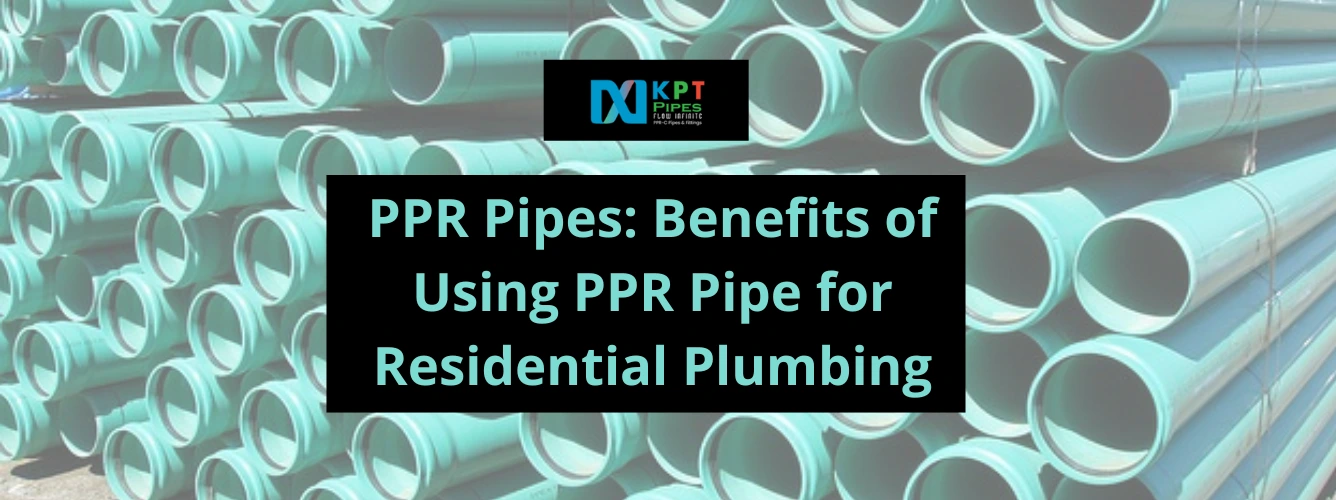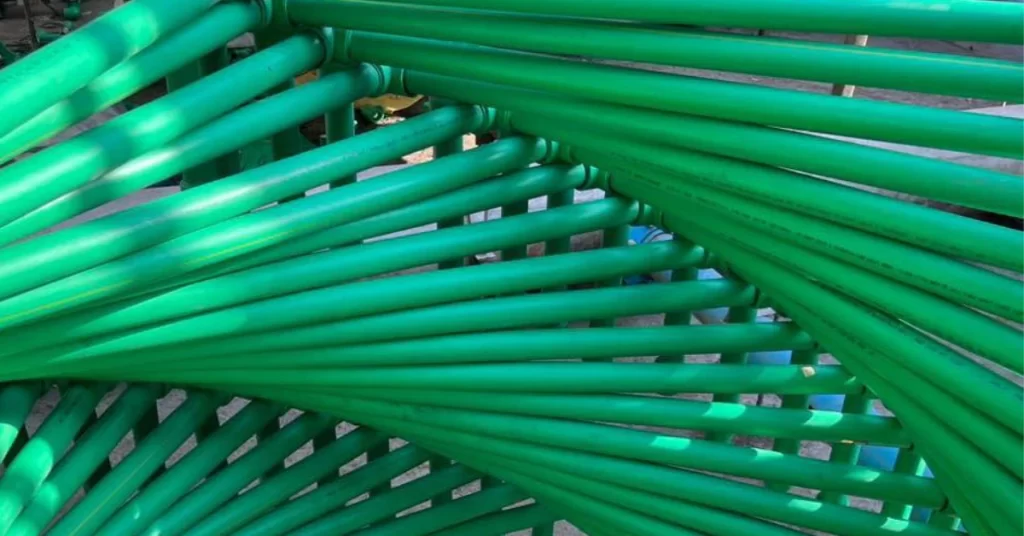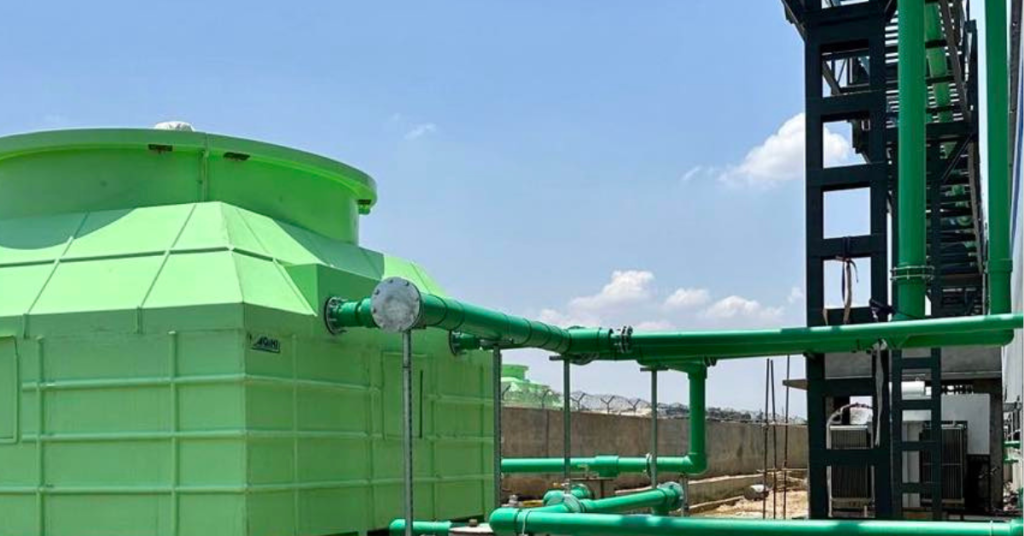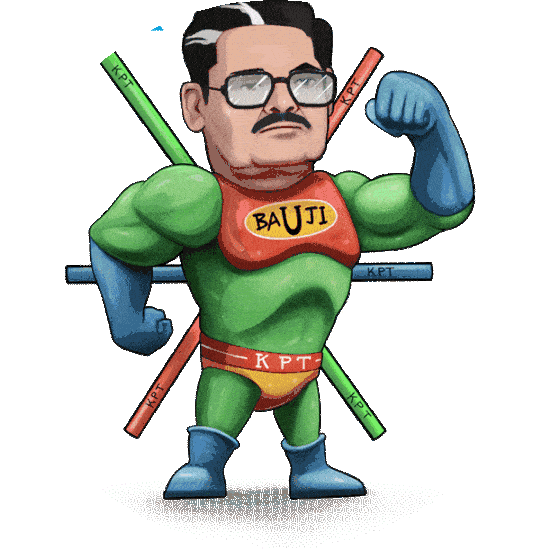
18 Jan PPR Pipes: Benefits of Using PPR Pipe for Residential Plumbing
Plumbing systems are integral to any residential or commercial building, ensuring a reliable supply of water and proper drainage. The materials used in these systems have evolved significantly over time, with modern solutions emphasizing durability, safety, and environmental sustainability. Among these, Polypropylene Random Copolymer (PPR) pipes have emerged as a leading choice. This blog post delves into various aspects of PPR pipes, including their benefits, installation process, comparison with other materials, environmental impact, and more.
What are PPR Pipes?

PPR pipes are made from Polypropylene Random Copolymer, a type of plastic known for its high molecular weight and excellent chemical resistance. Introduced in the 1980s, PPR pipes have gained widespread acceptance due to their superior properties, making them ideal for both hot and cold water supply systems.
Composition and Manufacturing
PPR pipes are produced through a process known as extrusion. The raw material, polypropylene, is melted and forced through a die to create pipes of various diameters and thicknesses. The resulting pipes are characterized by a smooth inner surface, which minimizes friction and pressure loss in fluid transportation.
Top 5 Benefits of Using PPR Pipes for Residential Plumbing
Durability and Longevity:
PPR pipes are renowned for their long service life. They are resistant to corrosion, scaling, and chemical degradation, which are common issues with metal pipes. This durability ensures a lifespan of up to 50 years under normal usage conditions.
Safety and Hygiene:
PPR pipes are non-toxic and do not react with water, ensuring that the water supply remains uncontaminated. They are also resistant to bacterial growth, making them a safe choice for potable water systems.
Thermal Insulation:
One of the standout features of PPR pipes is their thermal insulation properties. They can withstand high temperatures (up to 95°C) without losing structural integrity, making them ideal for hot water systems.
Ease of Installation:
PPR pipes are lightweight and easy to handle, which simplifies the installation process. They can be joined using a heat fusion technique, which creates strong, leak-proof joints without the need for adhesives or solvents.
Cost-Effectiveness:
While the initial cost of PPR pipes may be higher than some alternatives, their long lifespan and low maintenance requirements make them a cost-effective choice in the long run.
How to Install PPR Pipes: A Step-by-Step Guide

Installing PPR pipes involves a few specific steps to ensure a secure and efficient plumbing system. Here is a comprehensive guide to the installation process:
Step 1: Planning and Measurement
Design the System:
Before installation, create a detailed plan of the plumbing system, including the layout of pipes and fittings.
Measure and Cut:
Measure the required lengths of PPR pipes and cut them using a pipe cutter to ensure clean, straight edges.
Step 2: Preparation
Clean the Pipes: Ensure that the pipe ends and fittings are clean and free from any debris or moisture.
Set Up Tools: Prepare the heat fusion tool and allow it to reach the required temperature (usually around 260°C).
Step 3: Heat Fusion Process
Heat the Pipe and Fitting: Insert the pipe end and the fitting into the respective heating sockets of the fusion tool. Hold them in place for the recommended heating time.
Join the Pipe and Fitting: Once heated, quickly remove the pipe and fitting from the tool and join them together, applying slight pressure to ensure a secure bond. Hold in place until the joint cools and solidifies.
Step 4: Inspection and Testing
Check the Joints: Inspect the joints to ensure they are properly fused and free from defects.
Pressure Test: Conduct a pressure test on the system to verify that there are no leaks and that the installation is secure.
PPR Pipes vs. PVC Pipes: Which is Better for Your Home?
When selecting pipes for your plumbing system, it’s essential to compare the options available. Two popular choices are PPR and PVC (Polyvinyl Chloride) pipes. Here’s how they stack up against each other:
Durability and Longevity
PPR Pipes: As mentioned earlier, PPR pipes offer superior durability and can last up to 100 years.
PVC Pipes: PVC pipes are also durable but are more susceptible to UV degradation and may not last as long as PPR pipes under certain conditions.
Safety and Health
PPR Pipes: Non-toxic and resistant to bacterial growth, making them ideal for potable water systems.
PVC Pipes: While generally safe, PVC pipes can release harmful chemicals if exposed to high temperatures or direct sunlight over extended periods.
Temperature Resistance
PPR Pipes: Can withstand higher temperatures, making them suitable for hot water systems.
PVC Pipes: Better suited for cold water applications as they can become brittle at low temperatures and soften at high temperatures.
Installation and Maintenance
PPR Pipes: Easier to install due to the heat fusion technique, which ensures leak-proof joints.
PVC Pipes: Typically joined using solvent cement, which requires careful application to prevent leaks.
Cost
PPR Pipes: Higher initial cost but lower maintenance and longer lifespan make them cost-effective in the long run.
PVC Pipes: Generally cheaper upfront but may require more frequent replacements and maintenance.
The Environmental Advantages of PPR Pipes
In today’s eco-conscious world, the environmental impact of construction materials is a critical consideration. PPR pipes offer several environmental benefits:
Energy Efficiency
The production of PPR pipes consumes less energy compared to metal pipes. Additionally, their thermal insulation properties reduce the energy required for heating water, contributing to overall energy efficiency in buildings.
Recyclability
PPR pipes are fully recyclable. At the end of their service life, they can be reprocessed to create new PPR products, reducing waste and conserving resources.
Low Carbon Footprint
The lightweight nature of PPR pipes means that transportation requires less fuel, contributing to a lower carbon footprint compared to heavier alternatives like metal pipes.
Common Issues with PPR Pipes and How to Fix Them
While PPR pipes are generally reliable, they can encounter some issues. Here are common problems and their solutions:
Leakage at Joints
Cause: Improper fusion during installation.
Solution: Ensure the heat fusion process is followed correctly, with appropriate heating times and pressure applied.
Pipe Burst
Cause: Excessive pressure or external damage.
Solution: Conduct regular pressure tests and inspect for any signs of damage. Replace damaged sections promptly.
Discoloration
Cause: Exposure to sunlight or certain chemicals.
Solution: Use UV-protective coatings or install pipes in shaded areas. Avoid contact with harmful chemicals.

Why PPR Pipes are Ideal for Hot and Cold Water Systems
PPR pipes are uniquely suited for both hot and cold water systems due to their excellent temperature resistance and thermal insulation properties. They can handle temperatures up to 95°C without deforming, making them ideal for hot water supply. Additionally, their low thermal conductivity minimizes heat loss, ensuring efficient energy use.
For cold water systems, PPR pipes’ resistance to low temperatures prevents brittleness and cracking, ensuring a reliable supply without the risk of pipe bursts.
A Comprehensive Guide to PPR Pipe Fittings
PPR pipe fittings are essential for creating a functional plumbing system. Here’s an overview of common fittings and their uses:
Types of PPR Pipe Fittings
Couplings: Used to connect two straight sections of PPR pipe.
Elbows: Allow for directional changes in the piping system.
Tees: Enable the creation of branch lines from the main pipe.
Reducers: Used to connect pipes of different diameters.
Valves: Control the flow of water within the system.
Installation of Fittings
Preparation: Ensure all pipe ends and fittings are clean and dry.
Fusion: Follow the same heat fusion process as for the pipes, ensuring a secure and leak-proof connection.
Testing: After installation, perform a pressure test to verify the integrity of the fittings.
Innovative PPR Pipe Solutions for Modern Plumbing Needs
As plumbing technology evolves, so do PPR pipe solutions. Innovations include:
Multi-layer PPR Pipes
These pipes feature multiple layers, including an inner layer of PPR and an outer layer of fiberglass or other materials. This enhances their strength and temperature resistance, making them suitable for high-pressure and high-temperature applications.
Antimicrobial PPR Pipes
Incorporating antimicrobial additives into PPR pipes helps inhibit bacterial growth, ensuring an even safer water supply, particularly important in healthcare and food industries.
Flexible PPR Pipes
Developments in PPR technology have led to the creation of more flexible pipes that can navigate tight spaces and complex plumbing layouts with ease.
The Durability and Longevity of PPR Pipes
The durability of PPR pipes is a key factor in their widespread adoption. They resist common issues such as corrosion, scaling, and chemical degradation, which can plague other materials. This longevity reduces the need for frequent repairs or replacements, offering significant cost savings over time.
Testing and Certification
PPR pipes undergo rigorous testing to ensure they meet international standards for quality and performance. Certifications from reputable organizations confirm their suitability for various plumbing applications.
Real-World Applications
PPR pipes are used in a variety of settings, from residential homes to large commercial and industrial buildings. Their proven track record in diverse environments underscores their reliability and effectiveness.
Also, read
Important Things to Install a Proper PPR Piping System
FAQs
1. What are PPR pipes?
Q: What are PPR pipes made of and what are they used for?
A: PPR pipes are made of Polypropylene Random Copolymer (PPR) and are commonly used in plumbing and heating systems for the transportation of hot and cold water.
2. What are the advantages of using PPR pipes?
Q: What are the benefits of choosing PPR pipes over other types of pipes?
A: PPR pipes offer several advantages including high resistance to heat and pressure, chemical resistance, long lifespan, eco-friendliness, and ease of installation due to their lightweight and flexible nature.
3. How long do PPR pipes last?
Q: What is the typical lifespan of a PPR pipe?
A: PPR pipes can last up to 50 years under normal conditions, making them a durable choice for plumbing and heating applications.
4. Are PPR pipes safe for drinking water?
Q: Can PPR pipes be used for potable water systems?
A: Yes, PPR pipes are safe for drinking water. They do not leach harmful chemicals into the water and are resistant to bacteria buildup, ensuring water quality remains high.
5. How are PPR pipes installed?
Q: What is the installation process for PPR pipes?
A: PPR pipes are typically installed using heat fusion welding, where the pipe and fitting are heated and then joined together to form a strong, leak-proof bond.
6. Can PPR pipes be used in high-temperature applications?
Q: Are PPR pipes suitable for hot water systems?
A: Yes, PPR pipes are designed to handle high temperatures and can be used for hot water systems, including underfloor heating and central heating systems.
7. How do PPR pipes compare to PVC pipes?
Q: What are the differences between PPR pipes and PVC pipes?
A: PPR pipes are generally more resistant to high temperatures and pressures compared to PVC pipes. They are also more flexible and have a longer lifespan, making them more suitable for a wider range of applications.
8. Are PPR pipes environmentally friendly?
Q: Do PPR pipes have any environmental benefits?
A: Yes, PPR pipes are recyclable and have a low environmental impact. Their long lifespan and resistance to corrosion reduce the need for replacements, contributing to less waste.
9. What sizes do PPR pipes come in?
Q: What are the available sizes for PPR pipes?
A: PPR pipes come in various diameters ranging from 16mm to 160mm, making them suitable for a wide range of plumbing and heating applications.
10. Can PPR pipes be repaired if they are damaged?
Q: What should be done if a PPR pipe is damaged?
A: Yes, PPR pipes can be repaired using appropriate tools and techniques. Heat fusion welding is commonly used for repairs to ensure a secure and leak-proof connection. However, it is often advisable to consult a professional plumber for such repairs.
Watch Video



